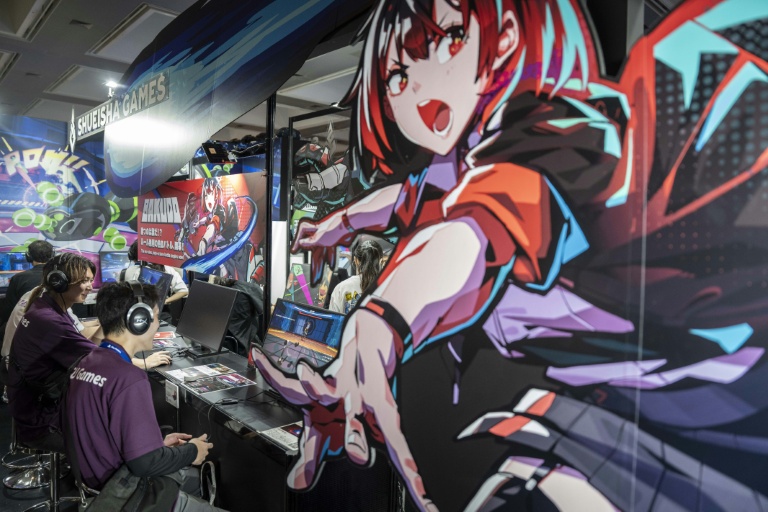The Rise of Indie Developers at Nintendo’s Event
At a recent Japanese game fair, players gathered in line inside Nintendo’s booth to experience upcoming titles for the Switch 2. However, one familiar face was notably absent—Mario, the company’s iconic red-capped mascot. Instead, the spotlight was on three games developed by smaller-scale, independent studios aiming to make an impression on users of the latest console.
The Switch 2 has quickly become the fastest-selling console globally since its launch last month. Despite this success, the dominance of Nintendo’s own franchises, such as “Super Mario,” “Donkey Kong,” and “Animal Crossing,” continues to overshadow third-party developers. For many independent creators, breaking through this established hierarchy remains a challenge.
Krysta Yang, host of the Nintendo-focused Kit & Krysta Podcast, noted that while the Switch 2 has had a strong start, the success hasn’t necessarily translated into strong sales for outside developers. Many Switch 2 owners purchased the console primarily to play Nintendo-exclusive titles like “Mario Kart World.” Additionally, the high price of the console and its games has made consumers hesitant to spend on a wide range of titles.
Many non-Nintendo games available on the Switch 2, such as “Cyberpunk 2077,” were already accessible on competing platforms like Sony’s PlayStation 5. This creates a dilemma for third-party developers who must compete not only with Nintendo’s internal titles but also with other gaming ecosystems.
Despite these challenges, the indie game expo BitSummit in Kyoto drew numerous hopeful developers eager to showcase their work. Over the course of three days, attendees presented a variety of games ranging from retro-style puzzles to immersive horror experiences. Several developers shared that they are currently in discussions with Nintendo about launching their games on the new console.
Innovation and Creativity in Indie Games
The Switch 2’s increased power opens up new possibilities for game development. Ryan Juckett of the U.S. studio Hypersect emphasized that this enhanced capability allows for more ambitious projects. He pointed out that Nintendo’s own games tend to be expensive, creating a space for cheaper, more accessible titles that can be played on the go.
Kent Burgess, part of the team behind “Bashful Adoration,” highlighted the growing demand for games that offer quick, easy access. Meanwhile, some concepts pushed the boundaries of creativity—like a sword-fighting game using barbecued sausages or a game where the main character is a shy giraffe whose head explodes when he speaks to strangers.
Lin Huang, the artist behind “A Week in the Life of Asocial Giraffe,” shared that some players in the U.S. found the game confusing due to its introverted theme. “Some people, when they try the game, are like, ‘oh we don’t quite get it because we are so extrovert,'” she said.
Gaming industry consultant Serkan Toto noted that Nintendo once had a reputation for being difficult to work with for outside developers. However, this changed with the release of the original Switch in 2017, following the failure of the Wii U. This shift allowed for more third-party and indie titles to find a place on the platform.
The Role of AI in Game Development
As technology evolves, the landscape for game development is changing. While no indie developers at BitSummit reported heavy use of artificial intelligence in their work, some mentioned that generative AI tools have helped speed up coding tasks.
Concerns about job losses due to AI remain low among developers for now. Lauren Kenner, senior brand manager for Noodle Cat Games, expressed confidence that hand-built games will continue to hold value. “There is not going to be a world in which an AI game will be better than a hand-built game, because there is going to be that love and soul that developers put into it,” she said.
With the Switch 2 continuing to gain momentum, the future for indie developers looks promising—but not without its hurdles. As the industry adapts to new technologies and evolving consumer preferences, the path forward will require innovation, resilience, and a deep understanding of what players want.







